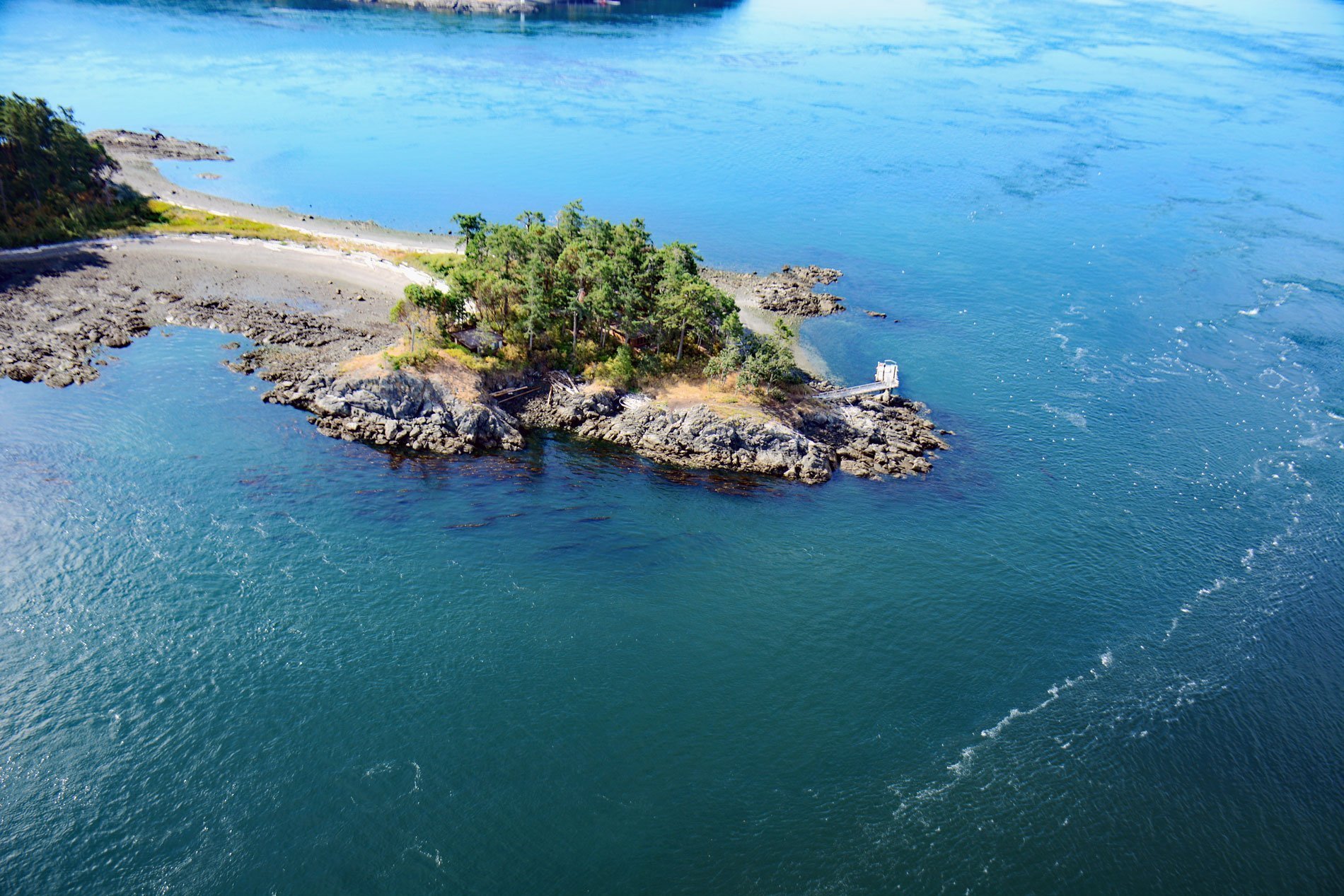HMCS Mackenzie was a destroyer launched in 1961 and served until 1993 in the Royal Canadian Navy and in the Canadian Forces before being scuttled in Haro Strait in a channel between Cornet and Gooch Islands in the Southern Gulf Islands, about 18 miles (29 km) north-northeast of Victoria and 5 miles (8 km) east-northeast of Sidney, British Columbia. Today the artificial reef is a popular recreational dive site. The Southern Gulf Islands and much of eastern Vancouver Island consist of sandstone, mudstone, shale, conglomerate, and coal that formed during the Late Cretaceous and are part of the Nanaimo Formation. Differential erosion of the bedrock has formed north-to-south ridges separated by narrow valleys with weak shale and mudstone responsible for the formation of valleys and channels, and resistant sandstone and conglomerate forming the ridges and islands. The bedrock has been reshaped by glacial erosion principally during the last major ice advance of the Fraser Glaciation.
Mackenzie was built at Canadian Vickers Ltd., Montreal, and launched on 25 May 1961 and assigned to the Atlantic Fleet based at Halifax, Nova Scotia. The Mackenzie-class vessels measured 366 feet (112 m) in length, with a beam of 42 feet (13 m) and a draft of 13.5 feet (4.11 m), and displaced 2,880 tonnes (2,830 long tons) fully loaded and had a complement of 290. The destroyer was powered by two boilers connected to steam turbines creating 30,000 shaft horsepower (22,000 kW). This gave the ships a maximum speed of 28 knots (52 km/h).
In 1963, Mackenzie was transferred to the Pacific Fleet as a member of the Fourth Canadian Destroyer Squadron. She served mostly as a training ship as part of Training Group Pacific but was also used for surveillance of the west coast. In March 1973, she intercepted drug smugglers off Quatsino Sound, and in July 1982, Mackenzie shadowed the Soviet spy ship Gavril Sarychev in Canadian waters which had been monitoring the North American west coast for new American submarines. In 1995, the Mackenzie was purchased by the Artificial Reef Society of British Columbia and stripped of environmental contaminants before being scuttled in Haro Strait. Read more here and here. Explore more of Cornet and Gooch Islands here:

